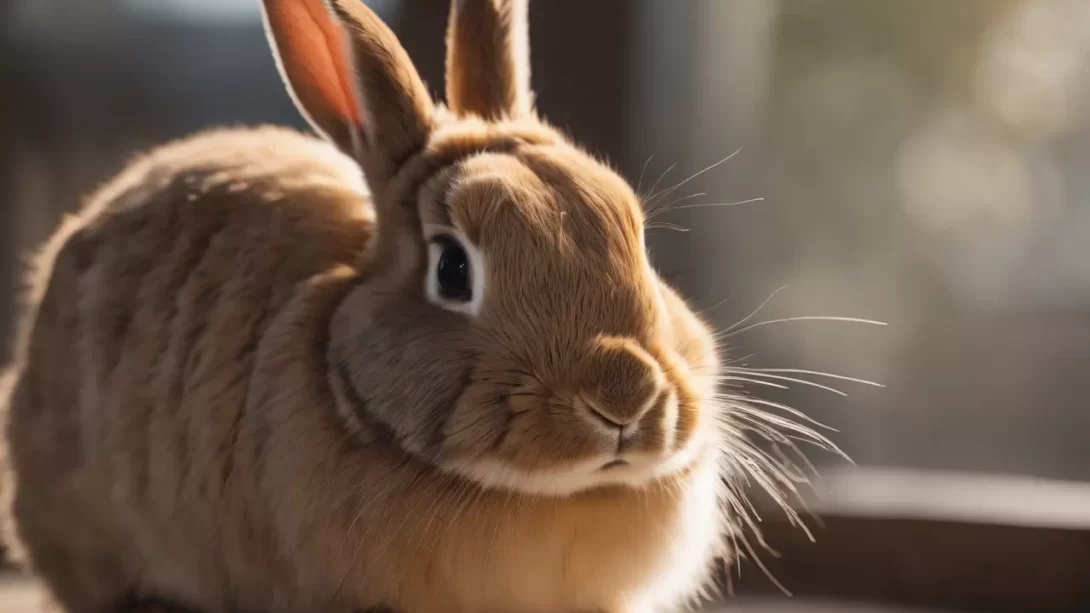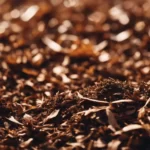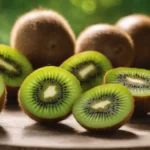Rabbits, affectionately known as bunnies, are beloved for their charming appearance and playful demeanor. A notable feature of these adorable creatures is their whiskers, which are often a topic of curiosity. In this article, we delve into the presence and purpose of whiskers on bunnies, shedding light on this distinctive aspect of their anatomy.
Bunnies and Their Physical Traits
Bunnies are small mammals with a variety of physical traits that aid in their survival. Among these traits are their whiskers, scientifically known as vibrissae. These tactile hairs are much more than just a cute feature; they play a crucial role in the bunny’s sensory system, providing essential information about their surroundings.
The Purpose of Whiskers in Bunnies
Sensory Functions
Bunny whiskers are highly sensitive and function as an extension of their sensory system. They help bunnies navigate their environment, particularly in low-light conditions. These whiskers can detect subtle changes in air currents, alerting them to nearby objects or potential threats. This ability is vital for rabbits, who are naturally prey animals and rely on keen senses for survival.
Whiskers also aid in spatial awareness. They are typically about as wide as a rabbit’s body, allowing them to gauge whether they can fit through narrow spaces without visually seeing the gap. This function is particularly useful when they are exploring new or dark environments.
Communication
Beyond their sensory functions, whiskers also play a role in communication. Rabbits use their whiskers, along with body language and vocalizations, to express their emotions and intentions. Observing the movements and positioning of a bunny’s whiskers can provide insights into their mood or stress levels. For instance, whiskers pulled back tightly against the face might indicate fear or aggression, while relaxed whiskers suggest a calm and comfortable rabbit.
Anatomy of Bunny Whiskers
Structure and Composition
Bunny whiskers are made of keratin, the same protein that constitutes human hair and nails. These whiskers are deeply embedded in the rabbit’s skin, connected to nerve endings, making them highly sensitive. Unlike regular fur, whiskers are thicker and stiffer, allowing them to function effectively as sensory tools. They are not just limited to the muzzle area but are also found above the eyes, on the chin, and on the cheeks, providing a 360-degree sensory experience.
Growth and Maintenance
Whiskers in bunnies continuously grow and naturally shed like other hair. They do not require trimming, as this can actually impair a rabbit’s ability to navigate and sense its environment. Rabbits often groom their whiskers as part of their natural grooming routine, and it’s common to occasionally find shed whiskers in their living area.
Variations Among Different Breeds
Different rabbit breeds exhibit variations in their whiskers. Factors like breed, age, and genetics play a role in determining the length, thickness, and density of whiskers. For example, larger breeds like Flemish Giants tend to have longer whiskers, while dwarf breeds might have shorter ones. However, regardless of the breed, the functionality of whiskers remains the same across all rabbits.
Whisker Health and Care
Common Issues
Whiskers are generally resilient, but they can face issues like damage or whisker fatigue. Whisker fatigue is a form of sensory overload that can occur if the whiskers are constantly touched or stimulated, such as in a too-small living space or with frequent handling. This can lead to stress and discomfort for the bunny. It’s important to provide a spacious and appropriate environment to avoid such problems.
Care and Handling
When handling a bunny, be mindful of its whiskers. Avoid touching or manipulating them, as this can cause discomfort or stress. It’s also crucial to regularly check the whiskers during health assessments for any signs of damage or abnormal shedding, which could indicate nutritional deficiencies or health issues.
In addition to being careful during handling, it’s essential to monitor the living conditions of your bunny. Ensure that their habitat is not only spacious but also free from objects that could potentially damage their whiskers. Regular veterinary check-ups can help identify and address any health issues that might affect whisker health, such as skin infections or nutritional imbalances.
Conclusion
Whiskers are a fascinating and integral part of a bunny’s anatomy. They serve critical functions, from helping rabbits navigate their environment to communicating their emotional state. Understanding the importance of these sensitive structures can enhance the way we care for and interact with our bunny companions.
It’s vital to remember that whiskers are essential sensory tools for rabbits, and their care should be a part of overall bunny health and wellness practices. Providing a safe, spacious, and stimulating environment is key to maintaining healthy whiskers and, by extension, a healthy rabbit. By respecting and caring for our bunnies’ whiskers, we contribute to their overall well-being and quality of life.
In conclusion, whiskers are not just a charming feature of bunnies but are a crucial component of their sensory apparatus. As responsible pet owners, recognizing and valuing the role of whiskers in a rabbit’s life is part of ensuring the happiness and health of these delightful creatures.



